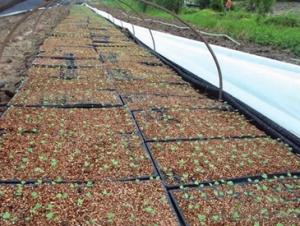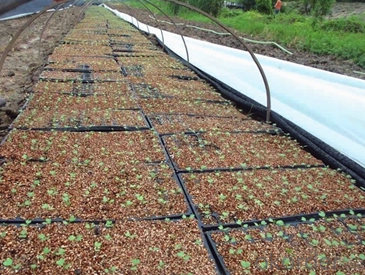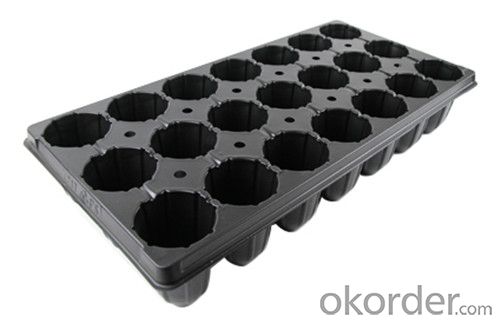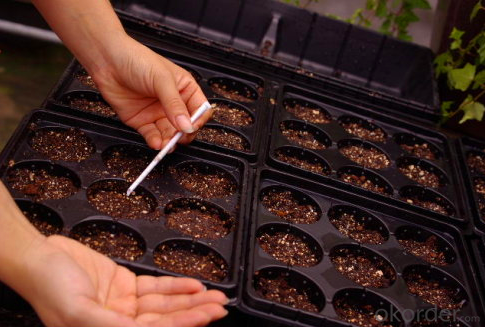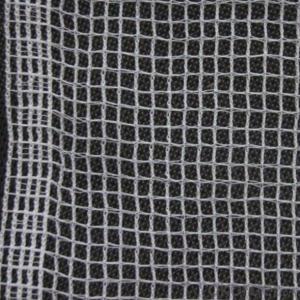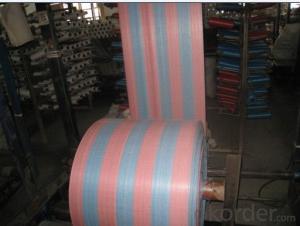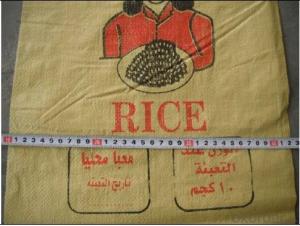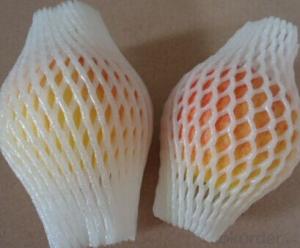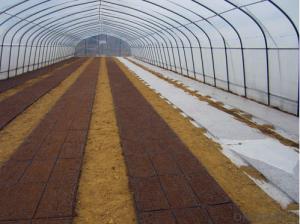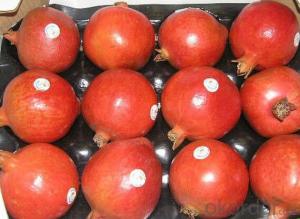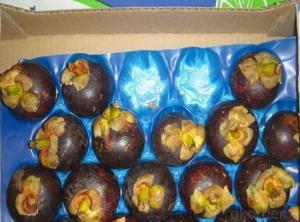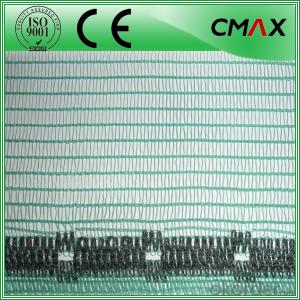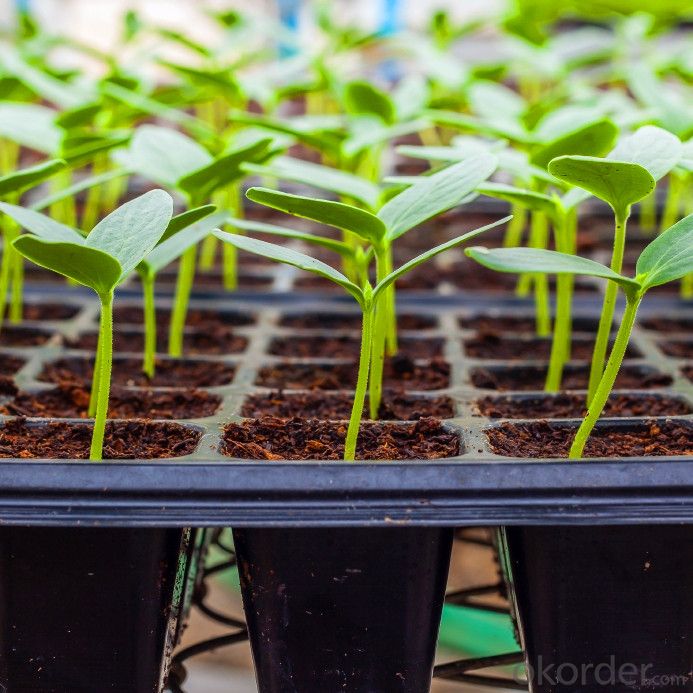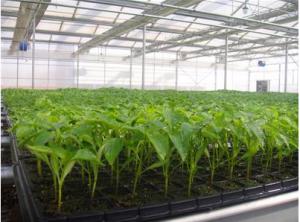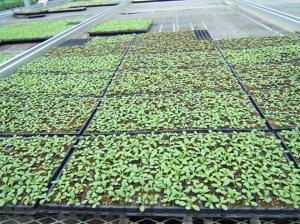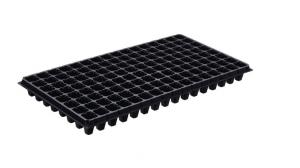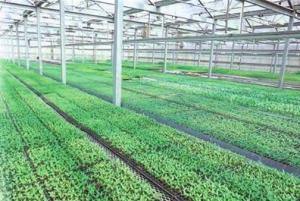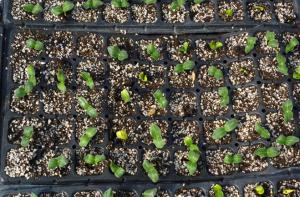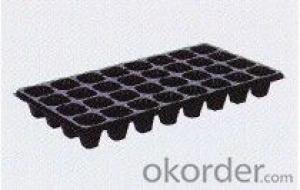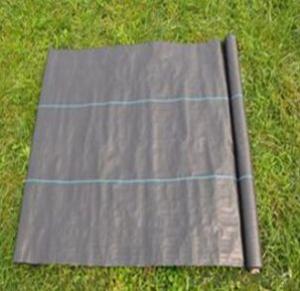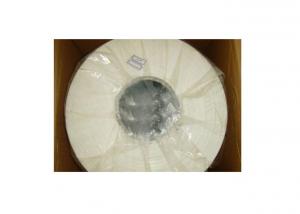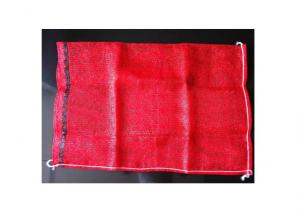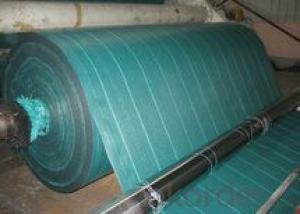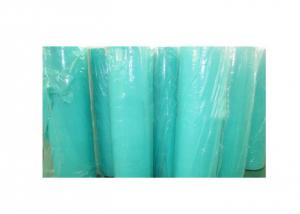Plastic Seeding Tray,Black Nursery Trays
- Loading Port:
- China main port
- Payment Terms:
- TT OR LC
- Min Order Qty:
- 1000 pc
- Supply Capability:
- 10000000 pc/month
OKorder Service Pledge
OKorder Financial Service
You Might Also Like
Structure of the seed tray: · Top quality and competitive price. · Variety design and good appearance. · Easy to use, and remove. · Durable and reusable. · Eco-Friendly.
Advantages: · Top quality and competitive price. · Variety design and good appearance. · Easy to use, and remove. · Durable and reusable. · Eco-Friendly.
Application: · Ideal for Starting seeds and Transplanting Seedling. · Suitable for both manual and automatic planting. · Suitable for Propagating Vegetables, Flowers and other plant from seed · in green-house or indoors.
Description Main Features of the seed tray: · Ideal for Starting seeds and Transplanting Seedling. · Suitable for both manual and automatic planting. · Suitable for Propagating Vegetables, Flowers and other plant from seed in green-house or indoors. Using time: · thickness of 0.5mm can be used 1 to 2 times. · thickness of 0.6mm can be used 3 to 4 times. · thickness of 0.7mm can be used 5 to 6 times. · thickness of 0.8mm can be used 7 to 8 times. · thickness of 0.9mm can be used 8 to 9 times. · thickness of 1.0mm can be used 8 to 10 times. Thickness vs. Weight: · Thickness of trays are from 0.5mm to 1.0mm. · 1.0mm: 155g±5g; 100pcs/ctn. · 0.9mm: 140g±5g; 120pcs/ctn. · 0.7mm: 110g±5g; 150pcs/ctn. · 0.6mm: 95g±5g; 180pcs/ctn. · 0.5mm: 80g±5g; 200pcs/ctn.
Seed Tray Specification: Materialps/pvcThickness0.5mm-1.5mm, standard:1mmWeight80g(±5)g-230g(±5)g, Standard weight:155g(±5)gSizelength:490mm-540mm, width:190mm-345mm,depth:25mm-150mm Standard:54mmX28mmCell count18-512Packagein cartonUsing time8-10 times
FAQ: Q:How Can I Get A Sample? A:You can get samples by communicate with our export sales. Q:How Long Is Delivery? A:Delivery time will be 7-25 days according to order quantity. Q:What Is The MOQ? A:Our MOQ is 1*20FT container quantity, allow to mix several items. Q:What Is Our Normal Payments Terms? A:Our normal payment terms now is T/T, L/C or Western Union,Papal. Q:How Do I Order Your Products? A:You can check our website for any items you interest and you can also get communication with our export sales and order for it accordingly. Q:What Kinds Of Material We Use In Our Product? A:Our plastic flower pots use material such as PP polymer or PE polymer.
|
- Q: Are nursery trays suitable for starting a perennial bed?
- No, nursery trays are not suitable for starting a perennial bed. Perennial plants typically develop deep root systems, and nursery trays provide limited space for root growth. It is best to start perennial beds using larger containers or by directly sowing seeds or planting bare root plants in the desired location.
- Q: What are the advantages of using plastic seedling tubes in forestry?
- Plastic seedling tubes offer several advantages in forestry. Firstly, they provide protection to young seedlings against weather conditions, pests, and browsing animals, increasing their survival rate. Secondly, these tubes create a microclimate that promotes faster growth and development of seedlings, leading to earlier establishment in the field. Additionally, plastic tubes allow for easier handling and transportation of seedlings, reducing the risk of damage during planting. Moreover, the transparent nature of the tubes enables easy monitoring and evaluation of seedling growth, facilitating better management practices. Overall, plastic seedling tubes offer a cost-effective and efficient solution for promoting successful reforestation efforts.
- Q: How are plastic plant labels used in horticulture?
- Plastic plant labels are commonly used in horticulture to identify and provide information about different plants. These labels are placed near the plant or inserted into the soil next to it, making it easy for gardeners and horticulturists to keep track of the plants they are growing. The labels often include the plant's name, species, and care instructions, helping gardeners maintain the appropriate conditions for each plant. Additionally, plastic plant labels are durable and weather-resistant, making them a reliable choice for outdoor use in gardens and nurseries.
- Q: What are the rules or laws governing the use of recycled agricultural plastics?
- <p>Yes, there are regulations on the use of recycled agricultural plastic materials. These regulations vary by country and region but generally aim to ensure the safety and quality of recycled plastics used in agriculture. They cover aspects such as the collection, processing, and reuse of plastic materials, often requiring them to meet specific standards for contaminants and degradation. Compliance with these regulations is crucial to protect the environment and human health.</p>
- Q: What precautions should be taken when dealing with plastic products used in agriculture?
- <p>When handling agricultural plastic products, safety measures include wearing protective gloves and clothing to prevent skin contact and irritation. Ensure proper ventilation to avoid inhaling fumes from heated plastics. Store plastics away from direct sunlight and heat sources to prevent degradation. Dispose of used plastics responsibly to minimize environmental impact. Regularly inspect equipment for wear and tear to prevent accidents. Educate workers on the correct handling and disposal of agricultural plastics to maintain safety and environmental standards.</p>
- Q: I'm doing a debate at school tomorrow, about plastic surgery, and I have to be for it. I've got 3 ok arguments so far. What would you say to defend plastic surgery?
- hard aspect. try searching using yahoo. just that could help!
- Q: what has been added to the polymer structure of plastic bags that allows them to stretch?
- There are many types of plastic and they are all made of very long molecules. Nothing is added to make them stretch. One way to grasp the microscopic structure is a thought experiment. Imagine millions of garden hoses lying on the ground to a depth of a foot. The hoses are unrolled and laying in all different directions. They are not connected to each other so if you push or pull a group of them they will bend and flex. In the same way a sheet of polyethylene will flex and stretch. Some plastic molecules like those that make up Plexiglass? have large molecules branching off the central strand. In our thought experiment that would be like each garden hose having grappling hooks attached to it all along its length. In this case, you would not be able to pull bundles of hoses around very well because the hooks latch the hoses together and make the layer more solid. That is why Plexiglass? is a hard and mostly inflexible plastic. The same for PVC and also for the polystyrene that your computer monitor is made of. They do add slip agents to plastic film such as that used in trash bags to keep it from clinging to itself. Saran Wrap? clings to itself because it has no added slip agent. Many other additives are used to give plastic the qualities the customer desires. .
- Q: What are nursery trays used for?
- Nursery trays are used for starting and growing young plants, providing a controlled environment for seedlings to develop before they are transplanted into larger containers or outdoor gardens.
- Q: Can ground cover be used to create a natural weed barrier?
- Yes, ground cover can be used to create a natural weed barrier. Ground cover plants, such as low-growing shrubs or dense spreading perennials, can help suppress weed growth by shading the soil and preventing sunlight from reaching weed seeds. Additionally, their dense foliage can also outcompete weeds for nutrients and space, reducing their growth. However, it is important to select the appropriate ground cover species for the specific conditions and maintenance needs of the area to ensure effective weed control.
- Q: How do you choose ground cover that tolerates salt spray in coastal areas?
- When choosing ground cover that tolerates salt spray in coastal areas, it is important to consider salt tolerance, drought resistance, and the ability to withstand strong winds. Look for plants that are specifically labeled as salt-tolerant or coastal plants. Some common options include beach grasses, sea thrift, seaside goldenrod, and rugosa roses. Additionally, consult with local nurseries or gardening experts who can provide specific recommendations based on the unique coastal conditions in your area.
Send your message to us
Plastic Seeding Tray,Black Nursery Trays
- Loading Port:
- China main port
- Payment Terms:
- TT OR LC
- Min Order Qty:
- 1000 pc
- Supply Capability:
- 10000000 pc/month
OKorder Service Pledge
OKorder Financial Service
Similar products
Hot products
Hot Searches
Related keywords
